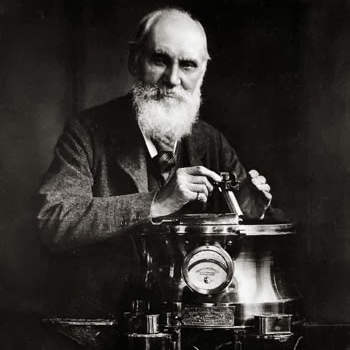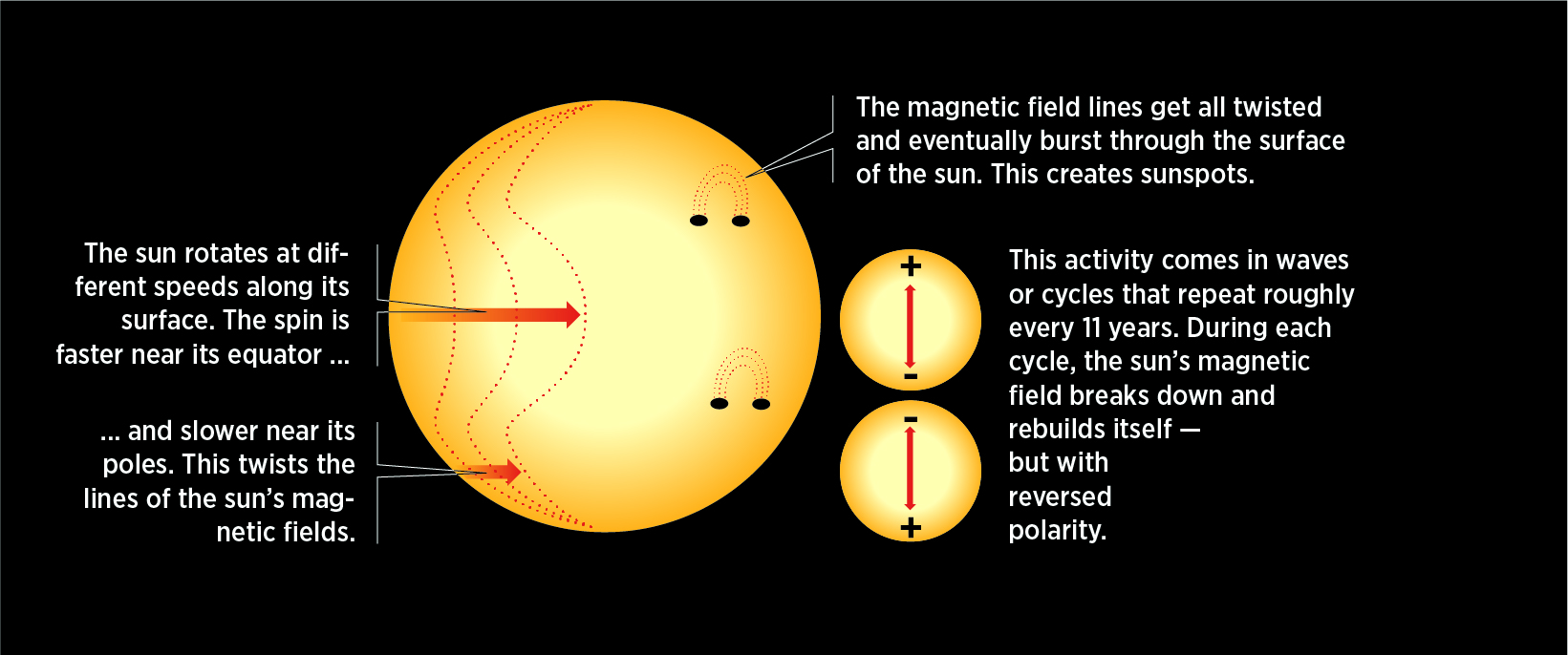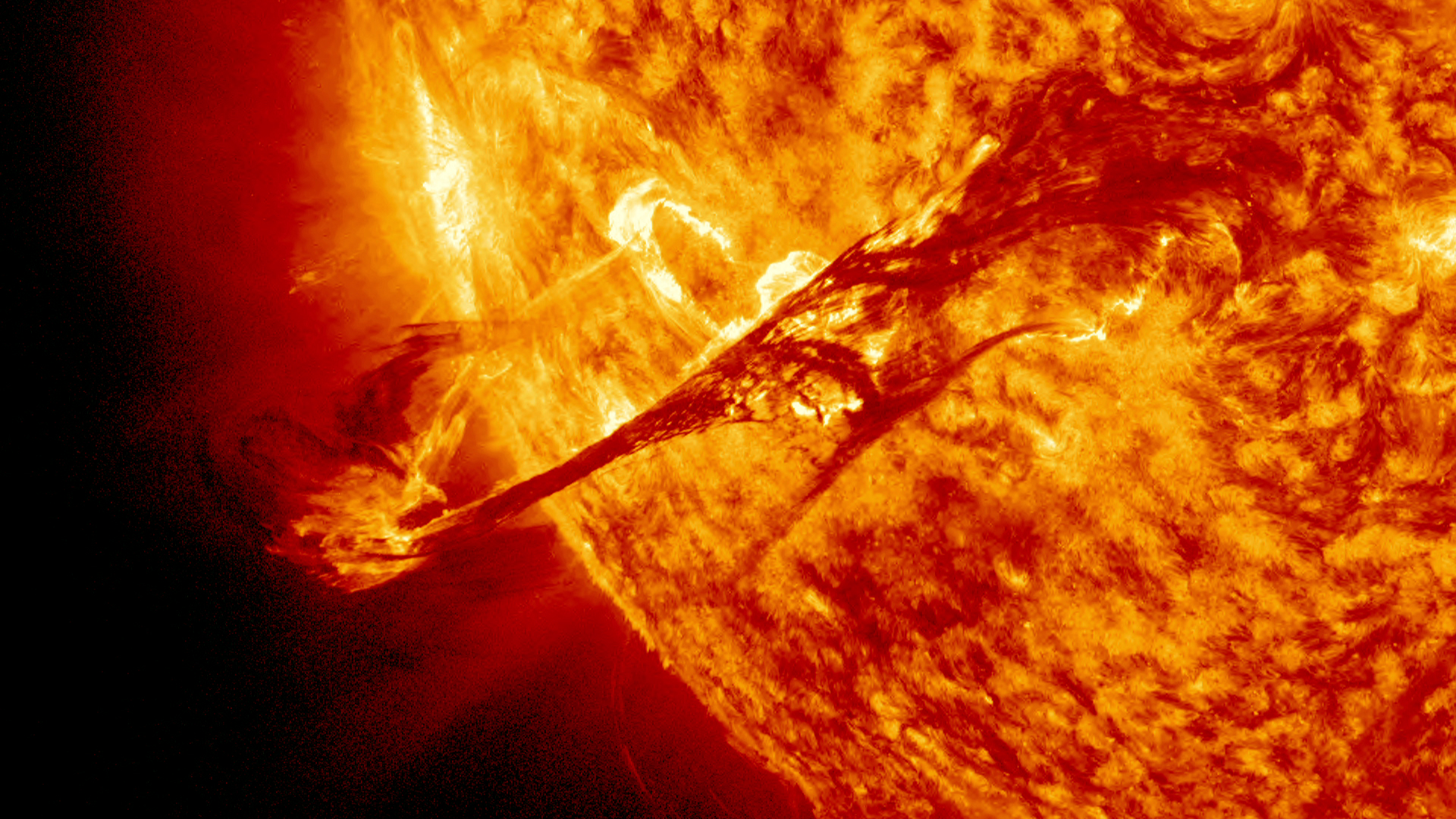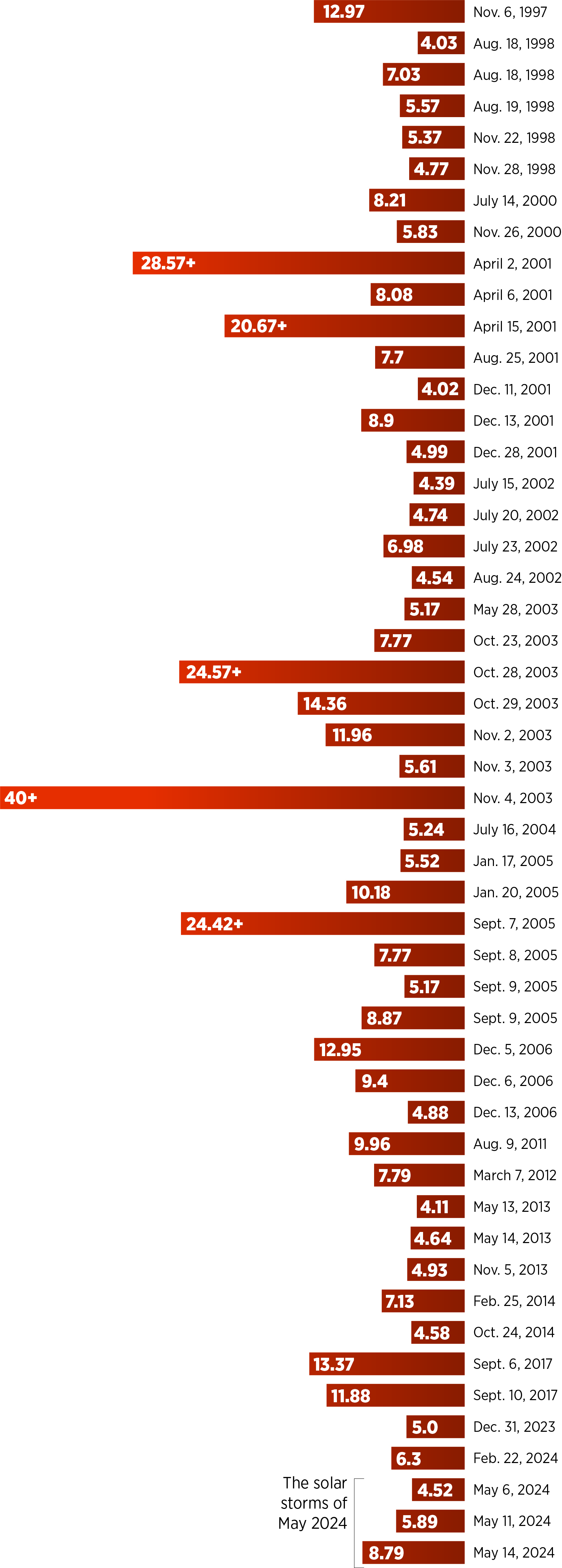
Storm on the Sun: The largest solar storm we've experienced yet
Remember the gorgeous auroras so many of us enjoyed back in May? Those are caused by intense storms on the surface of the sun, triggered by criss crossing of the sun’s magnetic fields.
The most intense geomagnetic storm in recorded history took place 165 years ago, starting on Aug. 28 and peaking on Sept. 1 and 2, 1859.
It’s known today as the Carrington Event. A storm of that size today could cripple much of the world’s communications, internet and GPS service and electrical grids, as well as threaten the lives of astronauts on the International Space Station.
An Enormous Solar Storm Witnessed By an Amateur Astronomer
Richard Carrington was an amateur astronomer who owned a private observatory at his country estate in Redhill, England, just south of London.
On the morning of Sept. 1, 1859, Carrington was using his specially outfitted brass telescope to sketch the array of sunspots he was seeing on the surface of the sun when he was surprised by what he described as “two patches of intensely bright, white light.” The flare lasted about five minutes before dissipating.

Lord Kelvin Archives
The flash was a coronal mass ejection — a burst of plasma from the sun’s upper atmosphere, the corona. Normally, it takes a CME several days to reach Earth. But the next day, people around the world reported oddities related to geomagnetic storms.
Auroras — normally only seen in northern latitudes — were seen in the tropics. People reported fires in nearby communities, thinking the dancing red lights in the skies were reflections of flames. It was reported in Boston that one could read a newspaper from the light of the auroras.
Telegraph systems had already been operating strangely, starting on the night of Aug. 28 — when a first, smaller solar storm struck Earth. Operators began to observe system outages. Some experienced shocks from their systems. Others reported electrical surges started fires in their offices.
On Sept. 2, however, things got really strange. Telegraph workers in Boston found their system inoperative, so they simply switched it off ... only to find the system worked then. They could transmit and receive messages from Portland, Maine, at 30- and 90-second intervals, using no power other than what the solar storm was providing to their system.
Carrington realized the solar flare he had seen was the likely cause of the disturbances. This made him the first scientist to make that connection. The solar storm of 1859 — which ice core samples from Antarctica proved was twice as big as any other solar storm in the last 500 years — is now known as the Carrington Event in his honor.
The Sun's Magnetic Field and the Weather It Creates
The sun has an enormous magnetic field that runs through the entire star.

Solar Flares and Coronal Mass Ejections
When the intertwined magnetic field lines over a sunspot group abruptly rearrange themselves, they release an enormous amount of stored energy. This causes a brilliant flare of light and a pulse of radio waves and X-rays that take about eight minutes to reach Earth. This is what caught Richard Carrington’s attention on Sept. 1, 1859.

NASA
Sometimes the power of such an explosion hurls matter from the sun’s corona into space in the form of a huge cloud of magnetized particles. This hot plasma, a coronal mass ejection, travels at more than a million miles per hour and can take up to three days to reach Earth. Both solar flares and CMEs can effect electronics, communications and spacecraft on or orbiting Earth.
What Causes Auroras
The particles that stream from the sun’s corona form what we call a “solar wind.” Protons have a positive charge and electrons have a negative charge.

These particles collide with the Earth’s own magnetic field. They are led along magnetic field lines to the North and South Poles, where they become trapped in the Earth’s atmosphere.
These particles bounce back and forth between the poles, transferring their energy to the atmosphere. We see this as auroral light displays.
The 50 Largest Solar Flares Since June 1996
Ranked by Intensity and Wavelength range of their X-rays:
